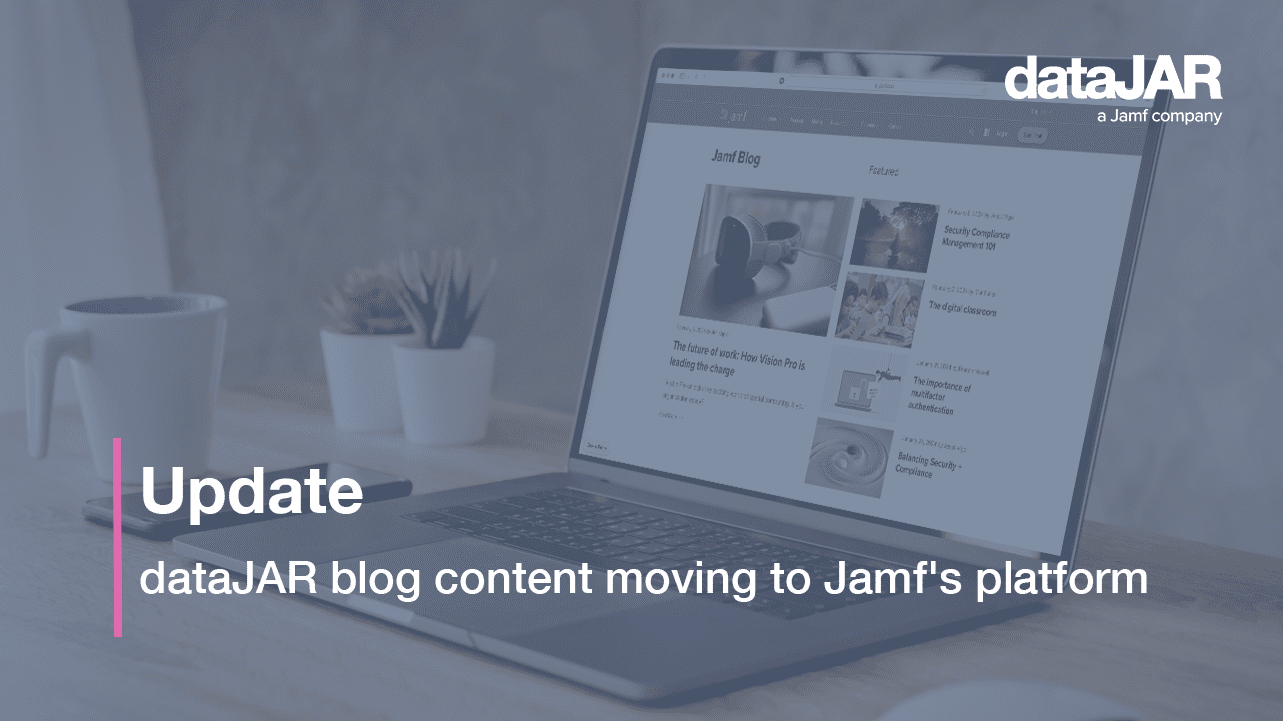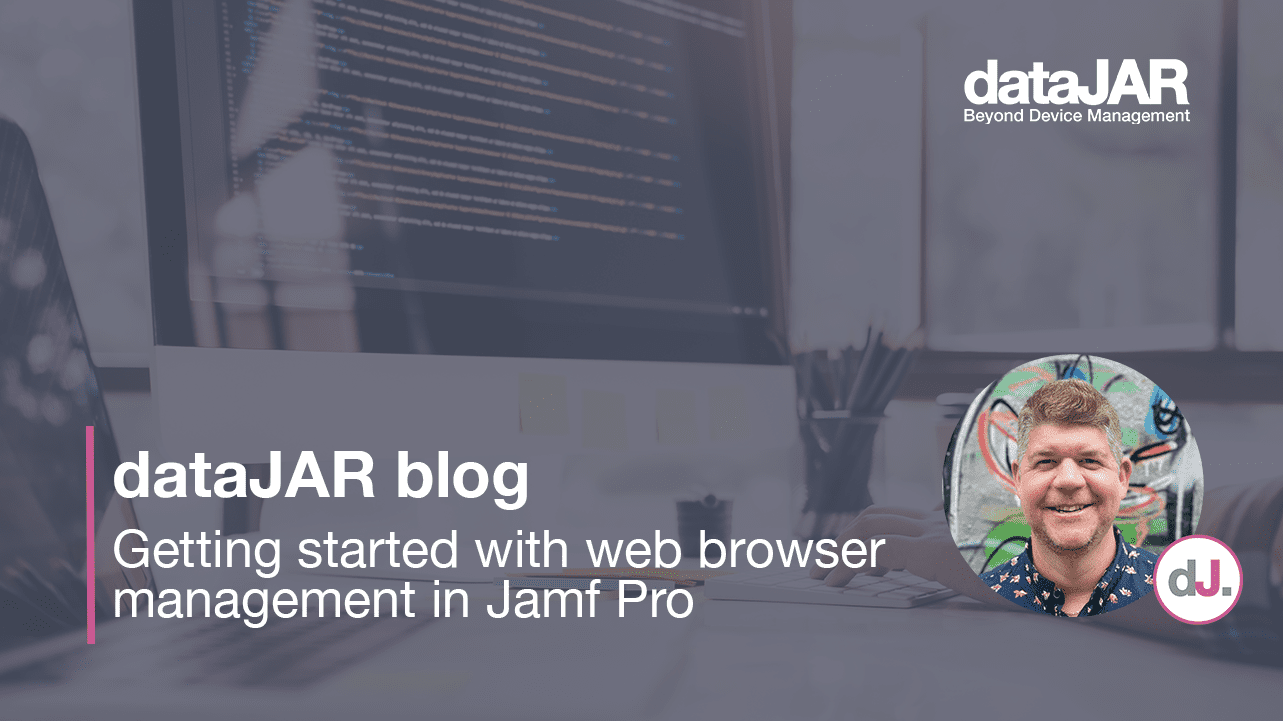Employee experience: Attracting and retaining talent in the modern workplace

Attracting and retaining talent top in the modern workplace
Thanks to the pandemic, the traditional workplace has undergone a colossal transformation in the past 12 months. The ability to work from anywhere has become the new normal and was one of the key outcomes of a tumultuous 2020.
So what about the future and, specifically, the future workforce?
The core skills and experience employers seek in the future workforce are noticeably different to those of five or ten years ago. There is a significant focus now on ‘soft skills’ such as teamwork, time management, organisation, decisiveness and the ability to work under pressure.
Many organisations are now beginning to consider how new ways of working impact technology decisions, focussing on how they will utilise this to attract the best new talent (graduates) and the importance of retaining their leading existing talent.
It has often been stated in case studies that companies offering an employee choice programme realise an associated (soft) benefit when it comes to attracting and retaining talent whilst improving working life. It can be difficult to attribute a true value to this benefit; an overview of some of the costs and considerations follows.
What are the factors that need to be taken into account that contribute to the total cost of hire or rehire?
The cost of attracting talent
Studies have shown the cost of rehire is typically around 50 per cent of the individual’s annual salary. This cost is often much higher if external recruitment agencies are utilised for the process. Also, the more senior the post, the higher the price tag, as the cost of rehire for senior leadership roles often exceeds the annual salary of the position.
Let us take a look at some of the factors to be considered in the total cost of rehire. The following example is based on an annual salary of £50k (which equates to £25k to rehire at 50 per cent).
Interview costs
A typical three-stage interview process can be broken down into:
- CV and application review
- First stage: HR consult 30 minutes – five to ten candidates
- Second stage: one hour phone interview – three to five candidates
- Third stage: 60 to 90 minute interview (three person panel) – two to three candidates
- HR review
Based on the above numbers, an estimated 30+ person hours would be required across multiple roles and pay scales.
In the technology industry specifically, depending on the role, the recruitment process can include up to 12 stages, with multiple interviews and competency tests to ensure the most exceptional candidates are selected. If a recruitment agency or recruiter is used in the process, fees typically start at approximately 15 to 30 percent of the annual salary for the role.
Advertising costs
LinkedIn and other preferred online advertising costs should be taken into account, as well as agency fees that may charge to list vacancies on their platforms.
Training costs
A typical budgetary figure for a new hire is approximately £1k to £3k in training. This will vary based on industry and role.
As an example, a growing number of companies now offer a learning/education grant each year. This can be used for a variety of education or upskill options, including courses or attending seminars and conferences – a benefit used to attract the best talent (typically £2k+ per annum).
Time to be productive
This does vary depending on the job role and level. An example scenario is 12 weeks at an average of 50 percent efficiency for the three month on-boarding period.
Consider the impact to a business for a sales focussed role of 50 per cent productivity for at least their first quarter and it becomes easy to see how the cost of rehire can quickly mount up. With this in mind, the importance of workplace retention and attracting the best talent to your company becomes clear.
The benefits of employee choice programmes
If we take a look at the potential future workforce that many organisations are looking to attract, graduates have had the freedom to choose computing platforms and tools throughout their academic career. Other factors to consider in your employee retention strategy include:
- The next generation of the workforce is ‘digitally native’.
- A freedom of choice of device, platforms and tools to allow your employees to be productive and engaged is imperative.
- The future workforce does not want to enter a fully locked down corporate environment.
- Security requirements need to be in place while maintaining enabled, self sufficient users.
- The impact mobility has had on the modern workplace is not to be overlooked. For the majority of future employees, a smartphone has been their primary computer device, with widespread use of apps. The app experience (ease of use etc) must be considered when developing the future workplace experience.
- The learnings from MDM and mobility management, and how this translates to the desktop and portable computers, are transforming the way modern devices are managed.
Beyond attracting and retaining the best talent, offering an employee choice programme can realise other soft benefits such as:
- Improved employee engagement
- Reduced support costs
- Improved satisfaction (CSAT) with IT
- Reduced risk and improved security
The goal is to deliver to employees the right tools and devices to be productive and creative in their role, while remaining compliant and secure.
Choosing Apple in the workplace
Offering Apple as a choice in the workplace is no longer an option reserved for a select few. It is fast becoming an imperative to attract and retain top talent and for your employees to be happy and productive.
This is one of many reasons forward thinking organisations are looking at managed services and modern device-as-a-service offerings to deliver on the digital workplace experience and choice initiatives. The datajar.mobi managed service powers integrated DaaS solutions.
Offering employee choice requires organisational transformation to deliver great experiences in the workplace. Beyond selecting the right technology and tools, the skills to manage the technology effectively and the associated process methodologies are key to success.
Offering a choice is not enough in isolation, the entire workplace experience needs to be considered, with regular reviews. The learnings are used to iterate and improve experience and enhance employee experience.
Please get in touch if you would like to discuss how to enable the technology and service required to deliver a great Apple workplace experience, or offer employee choice, in your organisation.
If you would like to find out more about attracting and retaining talent within the workplace with employee choice, please get in touch here.
References:
What businesses loose when they don’t offer choice: https://resources.jamf.com/documents/infographics/what-businesses-lose-when-they-dont-offer-choice.pdf
Mac sales skyrocketing after M1 launch: https://www.macrumors.com/2021/01/19/mac-sales-skyrocketing-after-m1-launch/
A user-centric focus – shaping the IT landscape: https://resources.jamf.com/documents/books/A-user-centric-focus.pdf
Top ten skills your workforce will need in 2020: https://www.ecomscotland.com/news/top-10-skills-your-workforce-will-need-in-2020/




